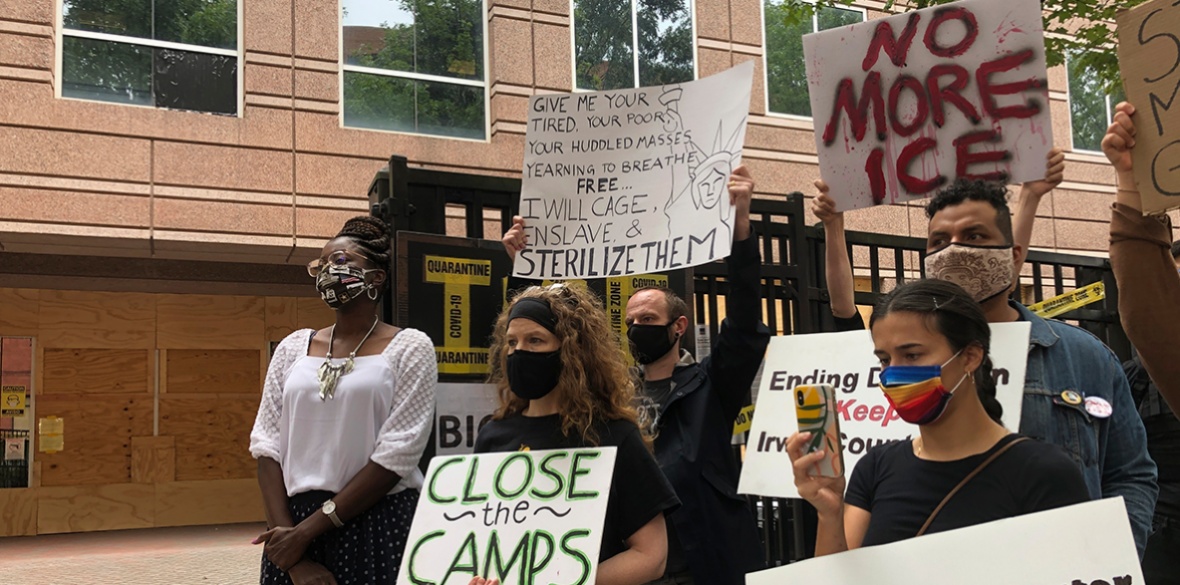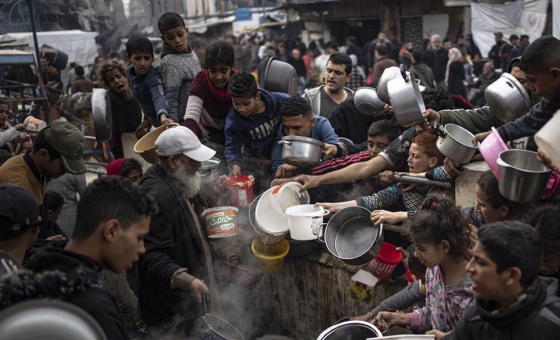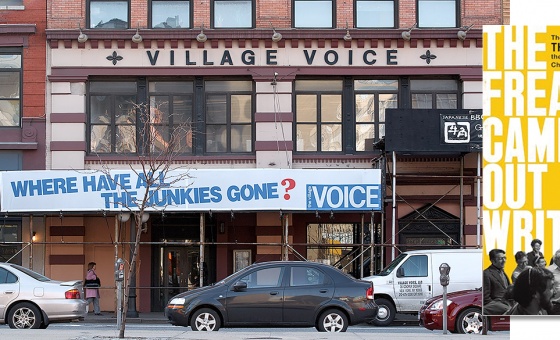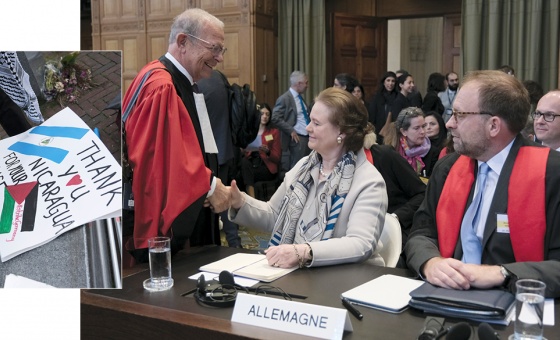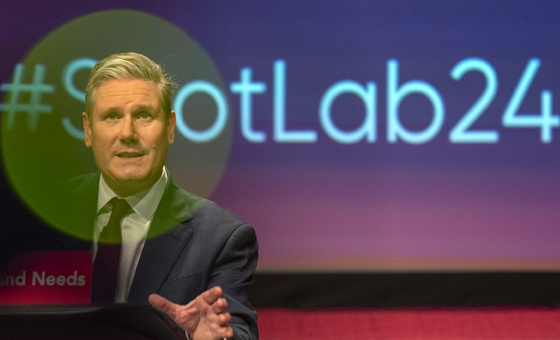This is the last article you can read this month
You can read more article this month
You can read more articles this month
Sorry your limit is up for this month
Reset on:
Please help support the Morning Star by subscribing here
HALLOWEEN may be fast approaching, but you don’t have to wait until October 31 for a truly scary tale.
Damning reports and allegations have come out detailing the nightmarish conditions at immigration detention camps in the United States.
Things were already bad inside the centres, but the situation is now exacerbated by a deadly global pandemic.
Unfortunately, this is a horror story that has the potential to extend well past November 3 if major change does not occur.
In the past six months, people of the US have had to deal with a record-breaking 200,000 deaths due to the coronavirus pandemic, skyrocketing unemployment, Republican disinformation tactics and fear about the survival of the physical world as we know it.
Seemingly lost from this centre stage filled with tragedies is the ongoing battle against human rights violations happening across the country in immigrant detention camps.
The issue has all but disappeared from the front pages of the corporate press, but as the nation marches towards what is perhaps the most important election of our lifetime, it is an issue that cannot be ignored.
That is because it is intertwined with many of the liberties voters will be fighting to hold on to.
The ‘uterus collector’
In recent weeks, an explosive whistleblower complaint made headlines when former nurse Dawn Wooten came forward with testimony alleging forced hysterectomies and medical neglect at an Immigration and Customs Enforcement (ICE) detention centre in Irwin County, Georgia.
Wooten detailed the questionable gynaecological procedures women detainees there were subjected to.
“The uterus collector” is what Wooten said fellow nurses would call the off-site doctor that performed the surgeries.
The whistleblower complaint, filed with the Department of Homeland Security’s office of the inspector general (OIG) with the help of attorneys from the Government Accountability Project, paints a gruesome picture of medical malpractice and fear.
One could sensationalise the complaint and boil it down to an individual “bad” doctor and a facility that is an outlier to the other detention camps in the United States.
We could champion the fact that Democratic lawmakers have come out calling for an investigation of the facility, just as they have done in the past regarding one too many reports of sexual assault at other detention centres.
Yet, to do this, one would have to fall into the line of thinking that detention centres, as they are, are normal within the realms of what we consider democracy. And that reining in a few bad apples will get these centres back on track.
One would have to accept that numerous privately owned detention facilities across the country holding thousands of men, women and children for long lengths of time, often without due process, legal counsel and family contact, are OK. And that effectively making prisoners out of a group of people who have not been sentenced by any court of law is what we’ve always done.
The fact of the matter is this system didn’t exist 30 years ago.
By looking at both past history and the ongoing reports of human rights abuses at these facilities, it becomes clear that the inhumane treatment at these camps has been decades in the making, that it is is systemic and that it’s connected to the drive for profit at the expense of human life.
The growth of a multibillion-dollar industry
Up until 1979, the number of immigrants held in detention centres hovered around 3,000 detainees.
All of this began to change in the 1980s. Republican president Ronald Reagan began using detention facilities as part of his effort to deny Haitian refugees entry into the US under what could be inferred as anti-black prejudice.
In 1988, the practice of mandatory detention of immigrants with criminal records was implemented.
This detention would be automatic without consideration to an individual’s circumstances.
What followed in the 1990s was the wholesale criminalisation of immigrants through a number of policies that resulted in harsher conditions and a higher number of detainees.
The Anti-terrorism and Effective Death Penalty Act (AEDPA) and the Illegal Immigrant Reform and Immigrant Responsibility Act (IIRIRA) of 1996, passed by a Republican Congress and signed by Democratic president Bill Clinton, expanded mandatory detention.
In 2003, ICE was established under the guise of promoting “public safety and national security” by getting rid of all “removable aliens” from the United States.
This shift was given space to flourish through the so-called “war on terror” implemented after the World Trade Centre attacks of September 11 2001.
With roots in racist criminalisation and draconian laws, all that was needed to complete the machine were companies who saw an opportunity to make a profit.
Enter private companies like CoreCivic Inc (originally known as Corrections Corporation of America) and you’ve got what the Centre for American Progress deemed an industry fuelled by for-profit prison corporations with an “incentive to detain.”
Just as private companies began making revenue in the prison industry, so too did they seek to profit from immigrant detention to help fill their beds.
In 2016, 73 per cent of immigration detention beds were run by private prison companies.
These companies have made billions of dollars. They are able to do this through contracts with the United States government, paid for with taxpayer dollars, that ensure guaranteed quotas for a minimum number of detainee beds filled each night.
According to an American Civil Liberties Union (ACLU) report, the number of immigrants held in detainment facilities between 1995 and 2016 quadrupled.
The detained population has grown from 7,475 to 32,985 on average per day.
The biggest increase in this multibillion-dollar detention industry, however, has taken place under President Donald Trump.
Sinking his clutches into an already destructive system, Trump in the past four years has used the detention of immigrant people to line the pockets of corporations and appeal to the racism in the segment of his base that longs for an America that upholds white supremacy.
If Trump is given another four years, he has made it clear that he will continue on this path to the detriment of all working people.
Trump, Covid-19 and the future
Trump came into office playing on xenophobic sentiments that certain kinds of immigrants were violent criminals taking the jobs of hard-working US citizens.
He used scapegoating tactics that caused division in order to justify his expansion of the detention industry.
In the past three years, the Trump administration has expanded the infrastructure of detention by more than 50 per cent. This has resulted in an average of over 50,000 people being held in 2019, according to the ACLU.
In February of this year, Trump requested yet another massive increase in funding for ICE of $10.4 billion for the year 2021.
The detention industry has patchwork regulation when it comes to the safety of the human beings they imprison.
The already imperfect ICE National Detention Standards (NDS), designed to govern how immigrants are treated, were weakened further earlier this year. And during the global coronavirus pandemic, the state of the detention system has proven absolutely disastrous.
Covid-19 has put a grisly spotlight on the inhumane conditions detained immigrants are subjected to.
Cramming dozens of detainees into common areas has made the Centres for Disease Control and Prevention recommendations on social distancing impossible to implement.
So far, nearly 6,000 detainees have tested positive for Covid-19, according to ICE.
This is a number that many immigrant rights advocacy groups believe to be undercounted, given that a June report by the Office of Inspector General revealed just how unprepared and ill-equipped ICE was to test detainees or manage an outbreak.
Immigrants being held in these facilities are staging hunger strikes and other forms of protest in a desperate struggle for their lives as they demand a fighting chance against a virus that has already resulted in so much death.
Trump’s continued mismanagement of the pandemic extends into the detention industry. Any accounting of his failures must include the lives lost and those put in peril in these camps across the country.
Through designating a group of people as the “other,” Trump has been able to take away their rights, place them in camps and subject them to cruel conditions that result in abuse, sickness and death.
This is not the first time in history this has happened and we should be well aware of just how dangerously fast the situation can escalate.
Trump has not currently put forward any concrete plan for immigration reform.
Instead, he forecasts a road toward even harsher restrictions and an expansion of facilities to hold hundreds of more people he has designated as outsiders.
This will line the pockets of corporations and imprison more people without due process.
His continued vilifying of immigrants is connected to his attacks on other groups to sow division and violence.
As we know from the famous poem First They Came, written by Pastor Martin Niemoeller in Nazi Germany, when the people don’t speak up for the rights of the persecuted, it creates a slippery slope leading eventually to the abuse of everyone. It’s time to speak up.
Trump didn’t create this system, but he has shown that, if given four more years, he will use it in ways that will cause devastation and human destruction.
The nation cannot afford four more years of this administration. And once he is unseated in November, there must be continued pressure to do away with a detention system that has grown out of control and that only sees individuals as dollar signs rather than the human beings that they are.
This article appeared at peoplesworld.org.

